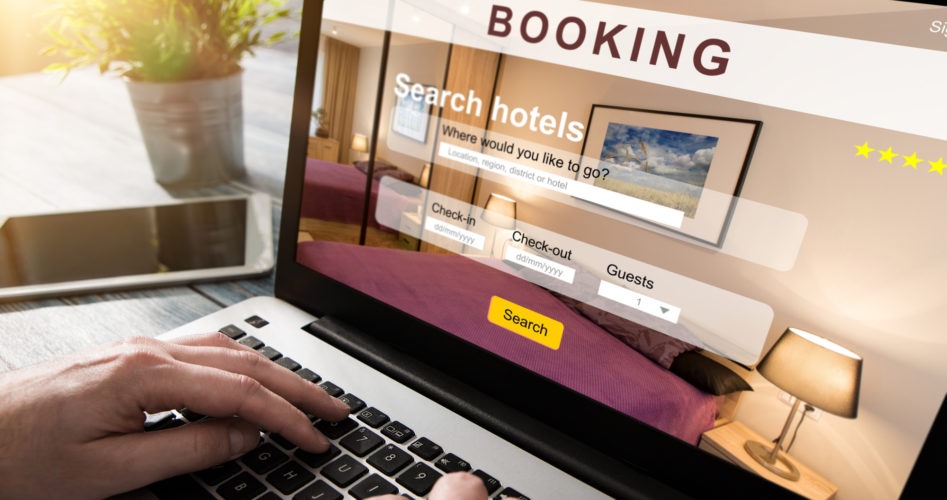Saved By The Web Development Firm: When You Should Hire Help For Your Website
What can you do in 50 milliseconds? People looking at your website will make a decision about engaging with your brand in little more time than the blink of an eye.
If your website isn’t easy to use, engaging from the first moment, or attractive, you’ll lose potential customers.
You may think your website is functioning fine, but in reality, you’re missing out on potential opportunities. Here are the top signs you need some help to develop, grow, and build your site with a web development firm.
Four Signs You Need a Web Development Firm
Running a website on a do-it-yourself level is tempting for startups and small businesses on a tight budget. However, a little investment could make the difference between staying small or huge growth.
Here are six signs you need to call on a professional to help with your website.
1. You Haven’t Updated Your Site in Months
Regular and fresh content is the number one way to achieve continuous organic traffic. However, when you’re running your own website it’s easy to fall behind and forget to refresh your content from week to week.
Worse still, you’re probably neglecting plugin and security feature updates. That leaves you open to hackers and also risks parts of your website not functioning. There is nothing more frustrating for a user than images that don’t load, broken Flash files, or missing hyperlinks.
2. You Don’t Know if You Have Any Broken Links
Speaking of links, when was the last time you ran a check to find any 404 errors? Have you made sure your pages aren’t redirecting to blank pages? Do you know if backlinks to your site are still relevant?
Professional web development firms have software that runs checks on things like this for you. You don’t need to click every single link on your website. You also don’t need to invest in expensive software subscriptions for a comprehensive search.
Instead, the professionals will use their own software access to check missing and broken links for you and repair them. This saves you significant time and stops users from bouncing off your site in frustration.
3. You’re Doing Everything Else for Your Business, Too
Running your own startup, small business, or freelance side hustle means you’re doing everything else on top of website development. You’re an accountant, a CEO, a marketer, a business consultant: do you have the time, depth of knowledge, and resource pool to do your website, too?
Investing in a professional website development firm will save you significant time. You can use that extra time to focus on your true skills such as marketing and finding sales opportunities for business growth.
4. Your Site Doesn’t Have an SSL Certificate
Do you know what an SSL certificate is? Does your website have one?
Without an SSL certificate, you’re missing out on website traffic. Google now uses secure websites as a priority ranking factor. That means if your website still uses http:// instead of https:// you’re losing out on potential traffic.
A website development firm will manage security updates and other important changes to make sure you’re always ahead of your competition and continue to rank well in search listings.
Time Equals (Lost) Money
If you know you’re harboring any of the above problems when it comes to managing your website, it’s time to call the professionals.
A web development firm will always work with you and your budget to find a solution suitable for your business. Some capital investment in web design will save you time and money in the long-term.
Before you reach out, have some ideas in mind to help steer the project and stay on budget. Check out these incredible web design tips to trigger your imagination!









